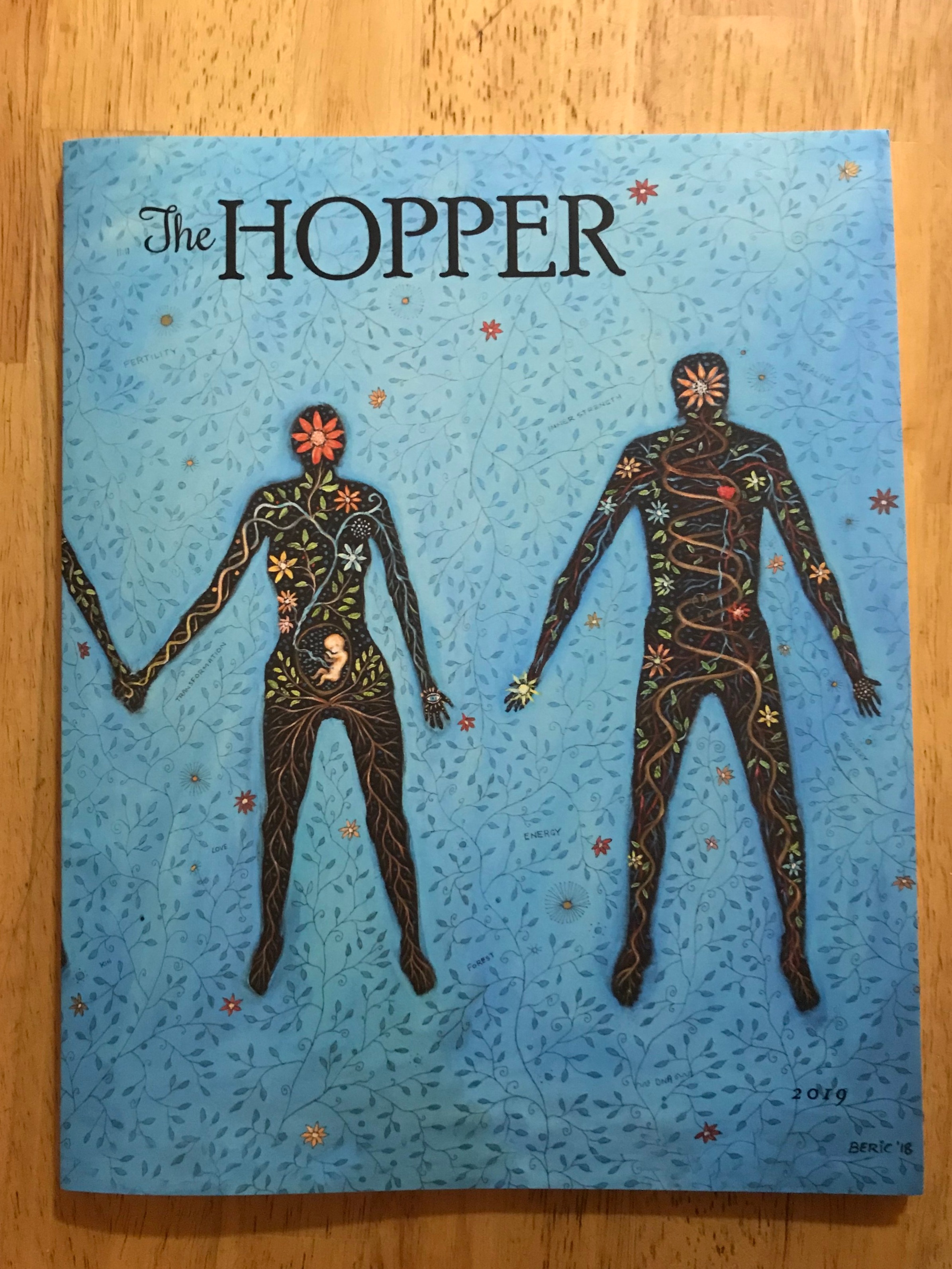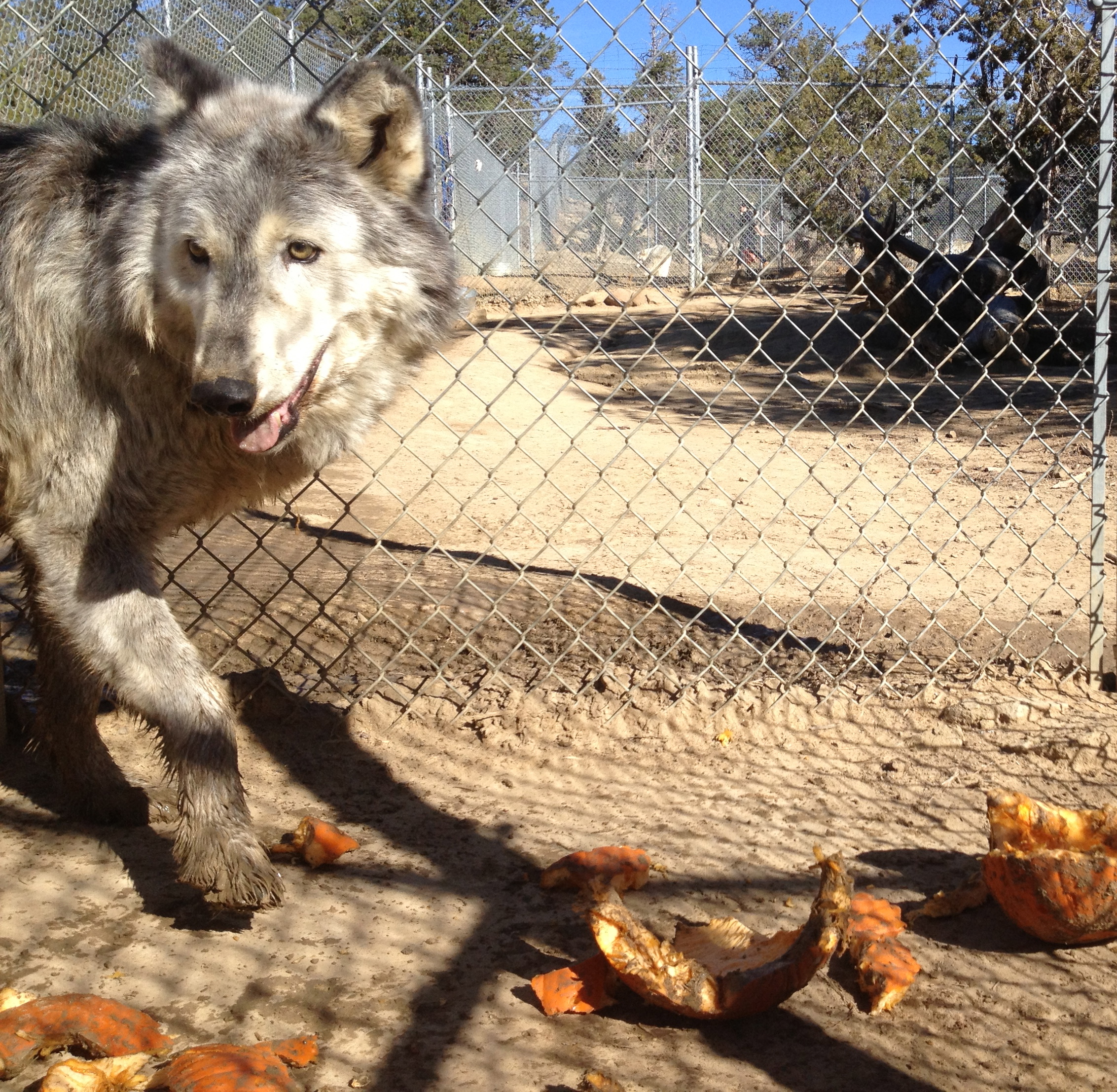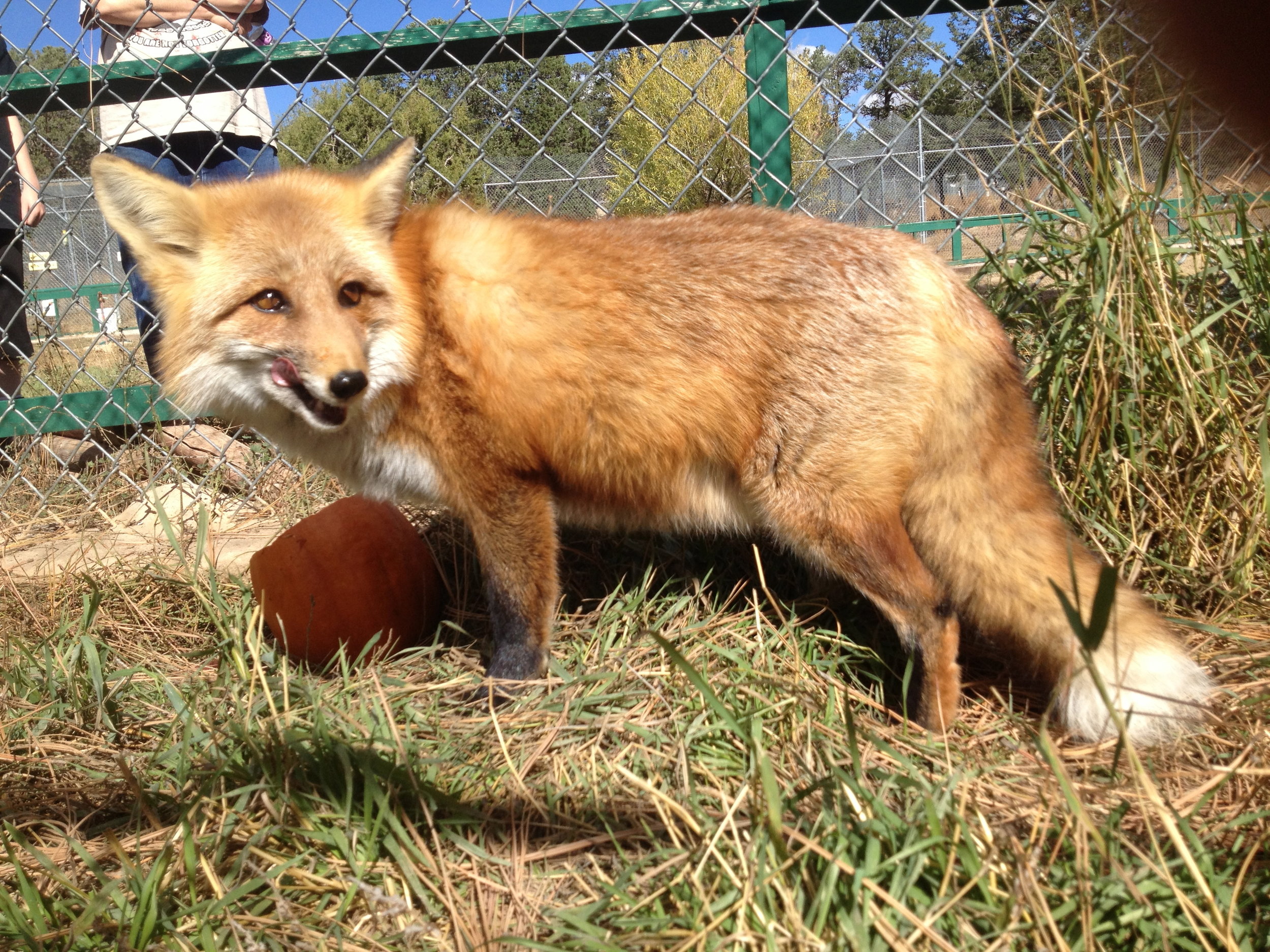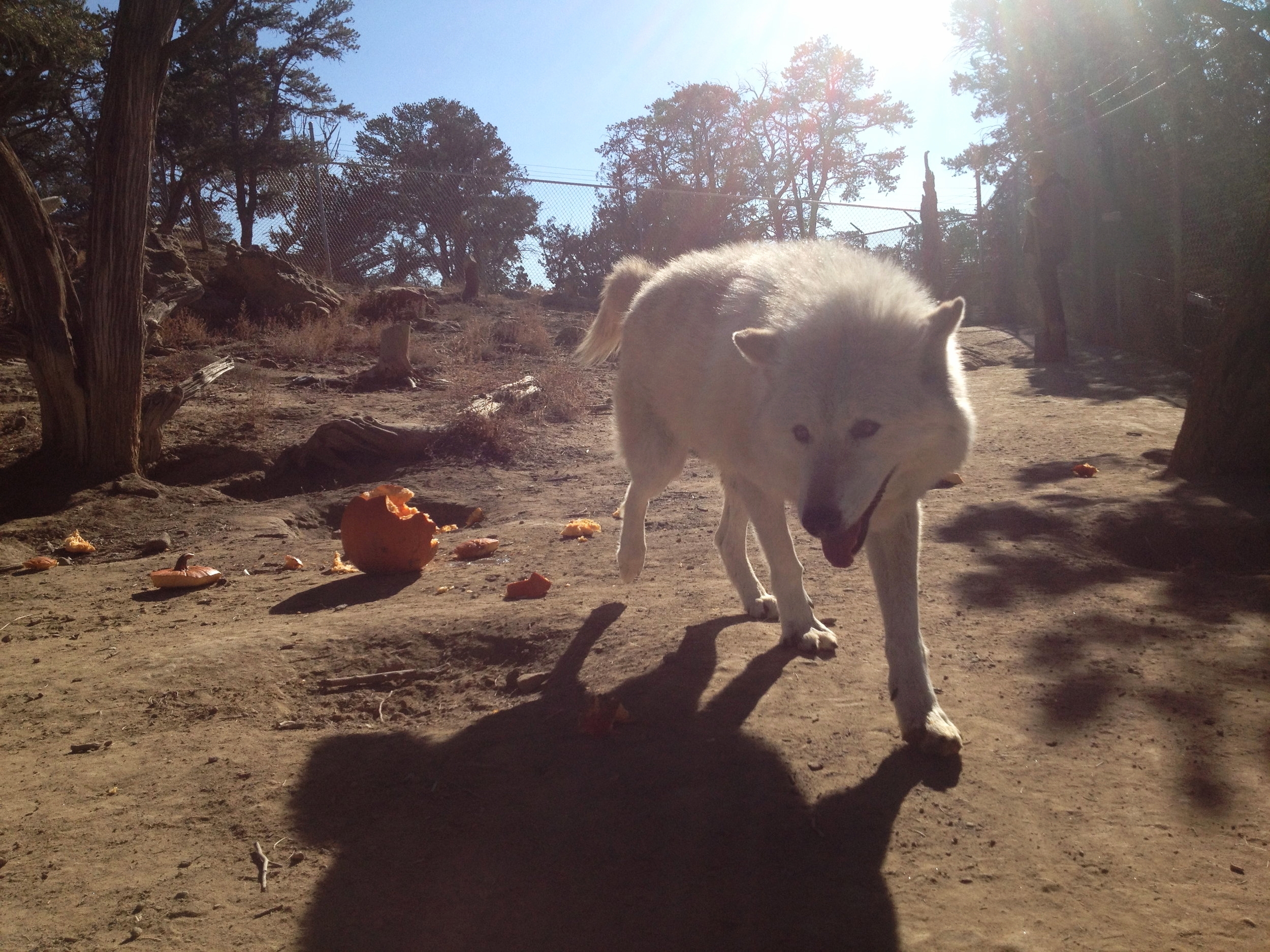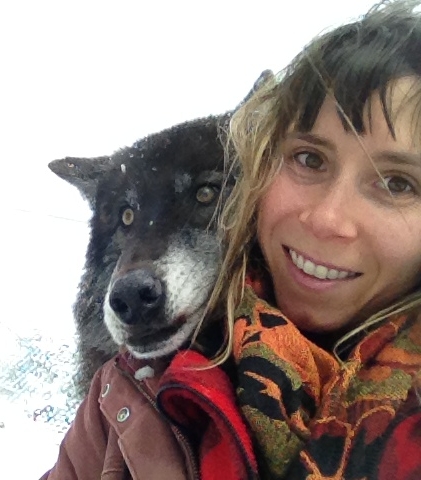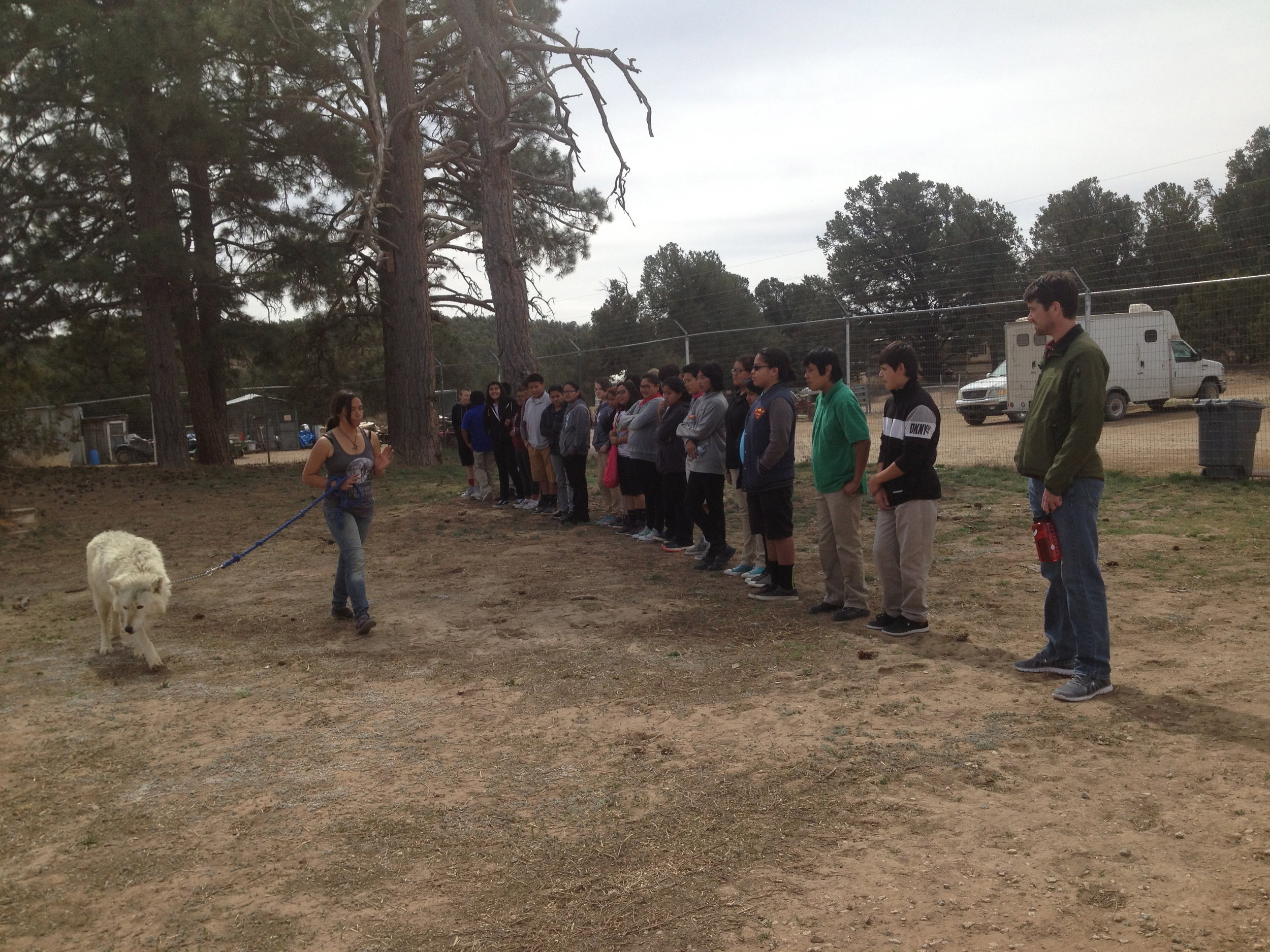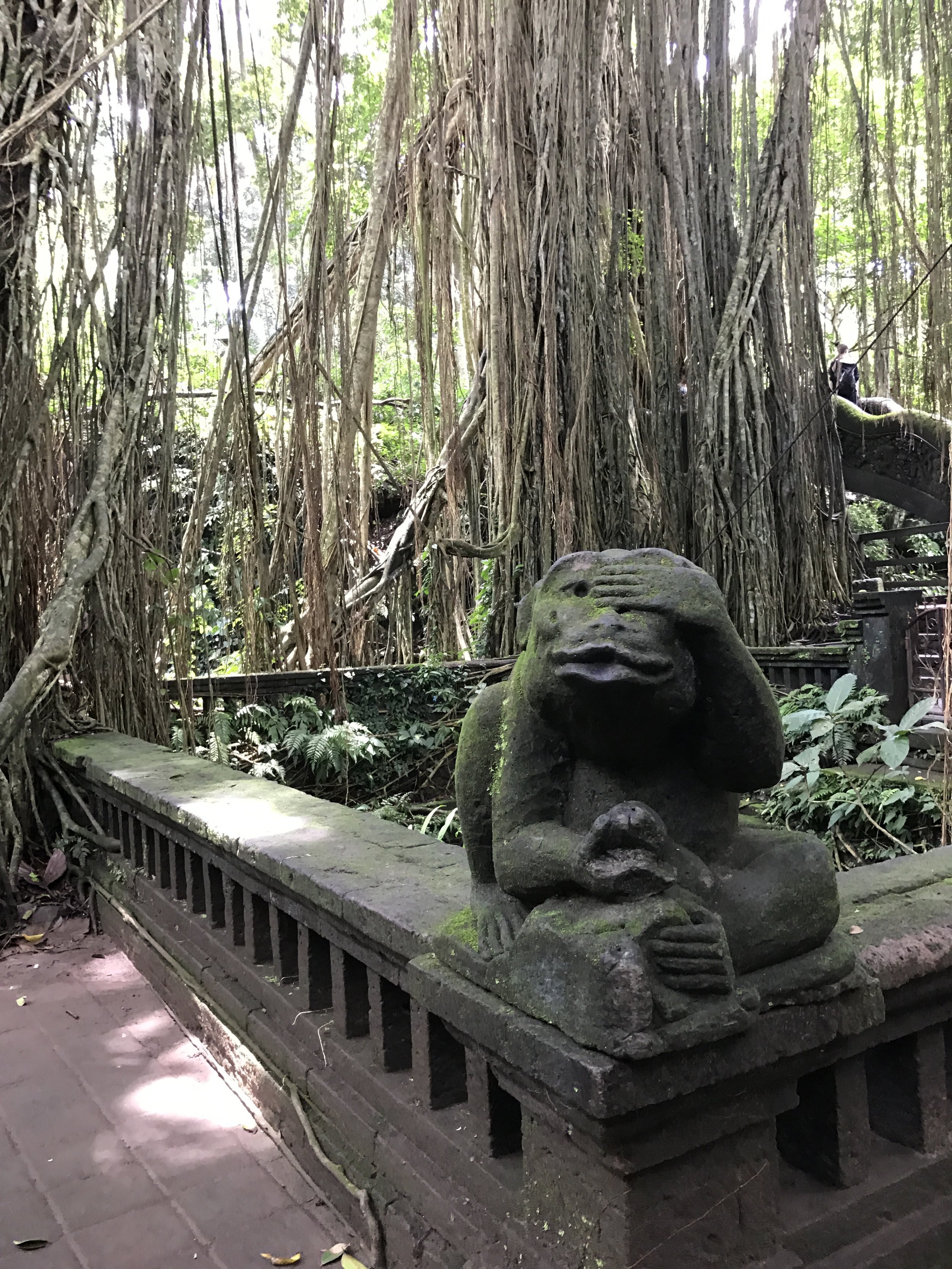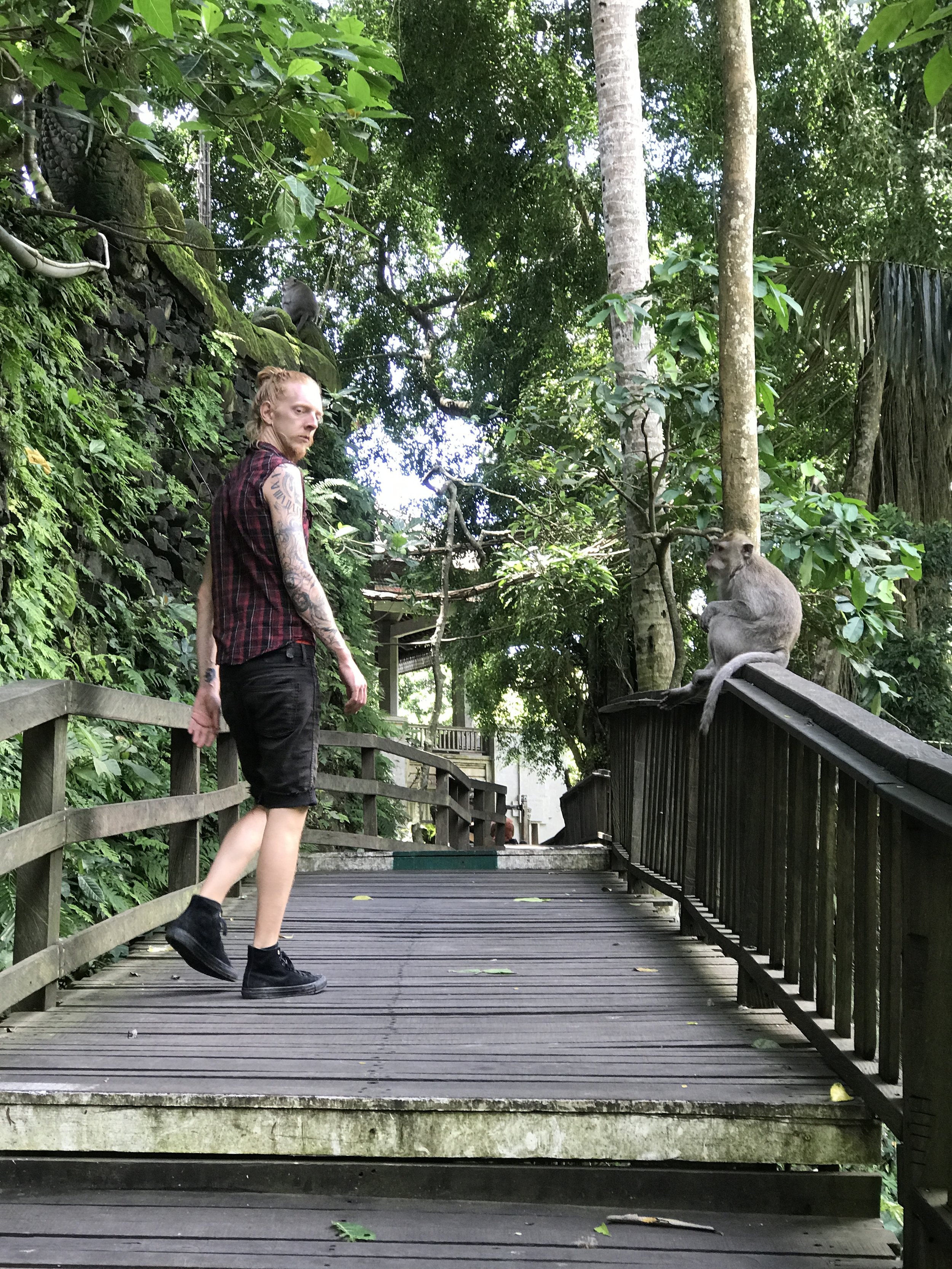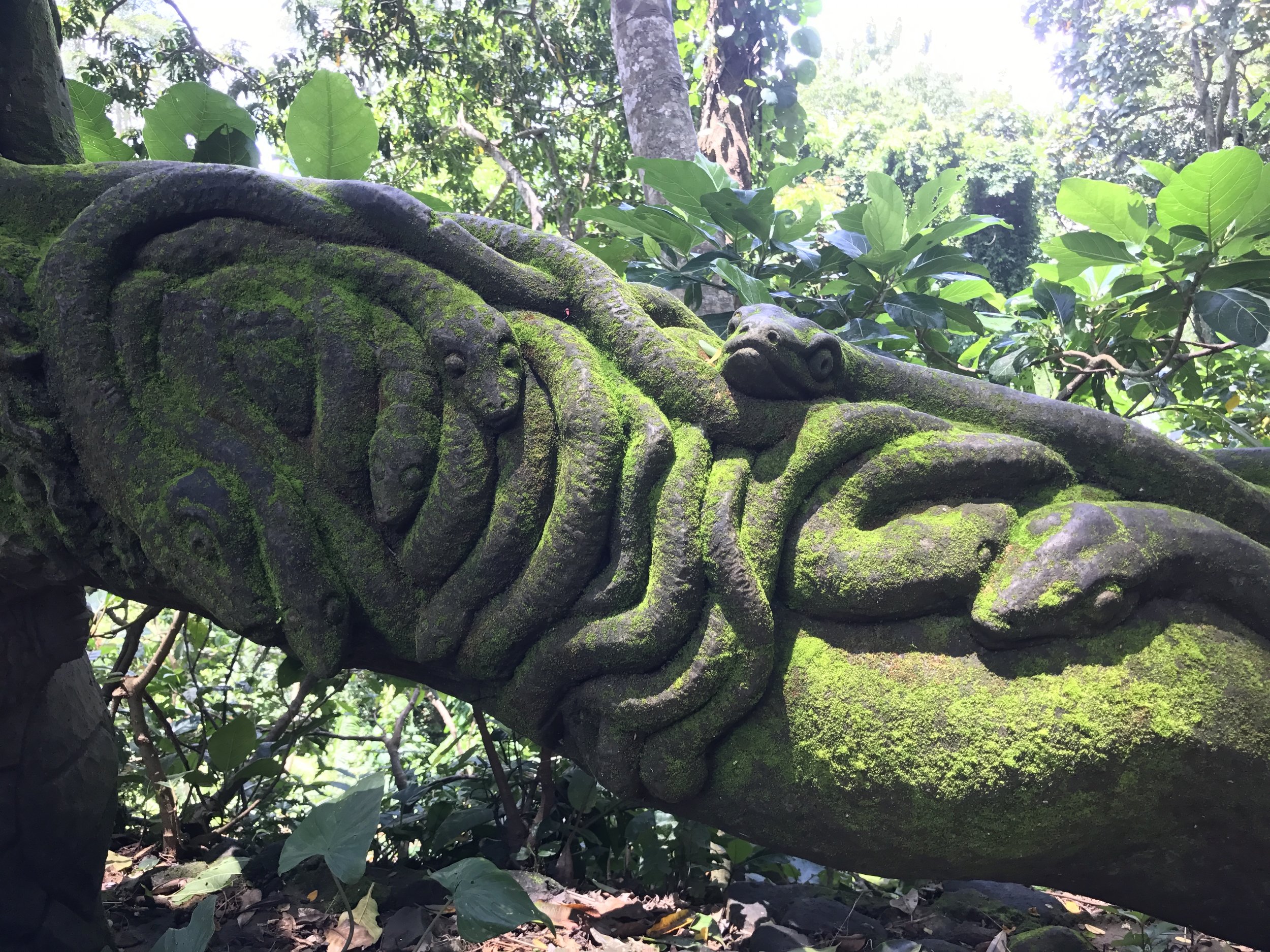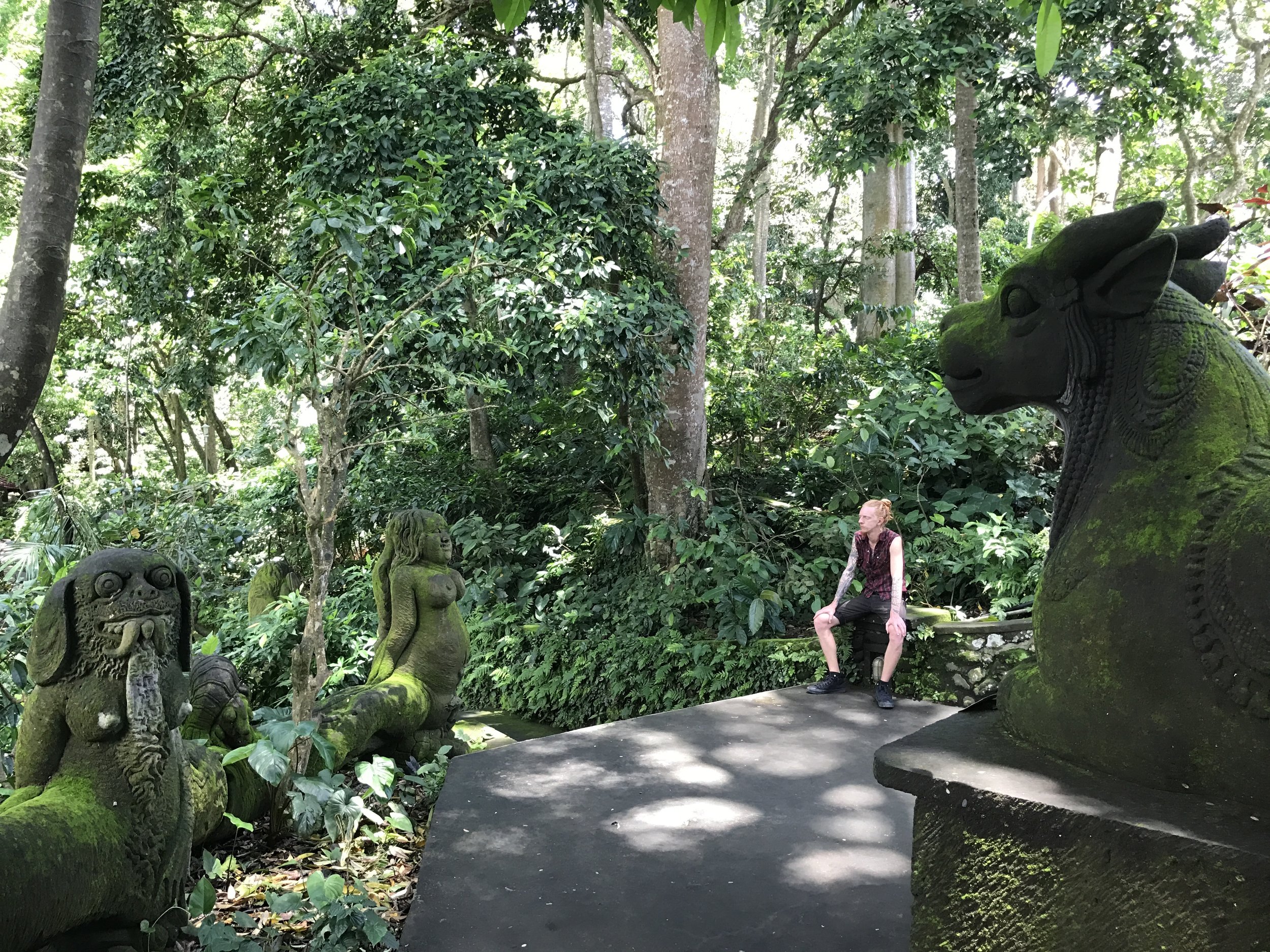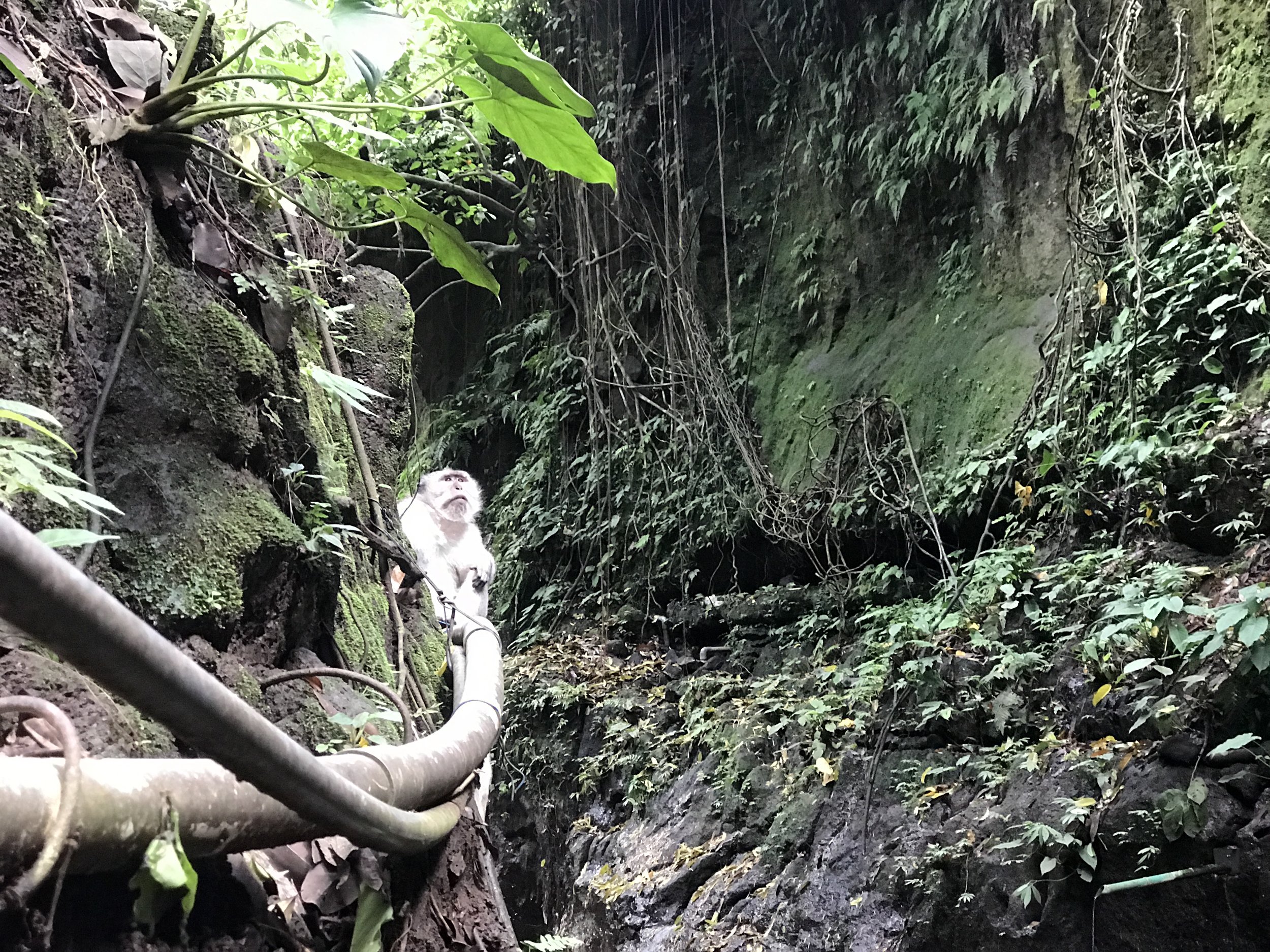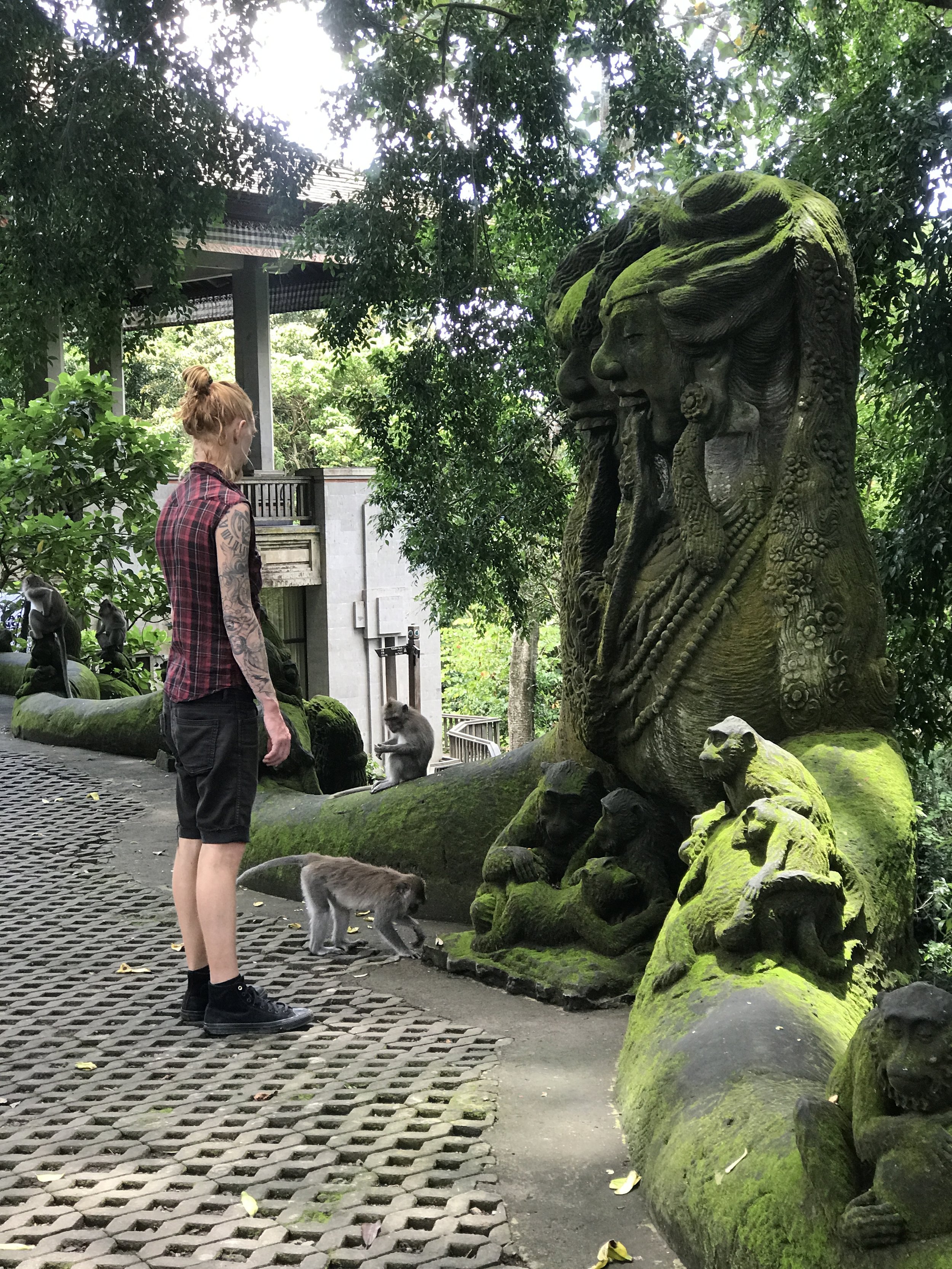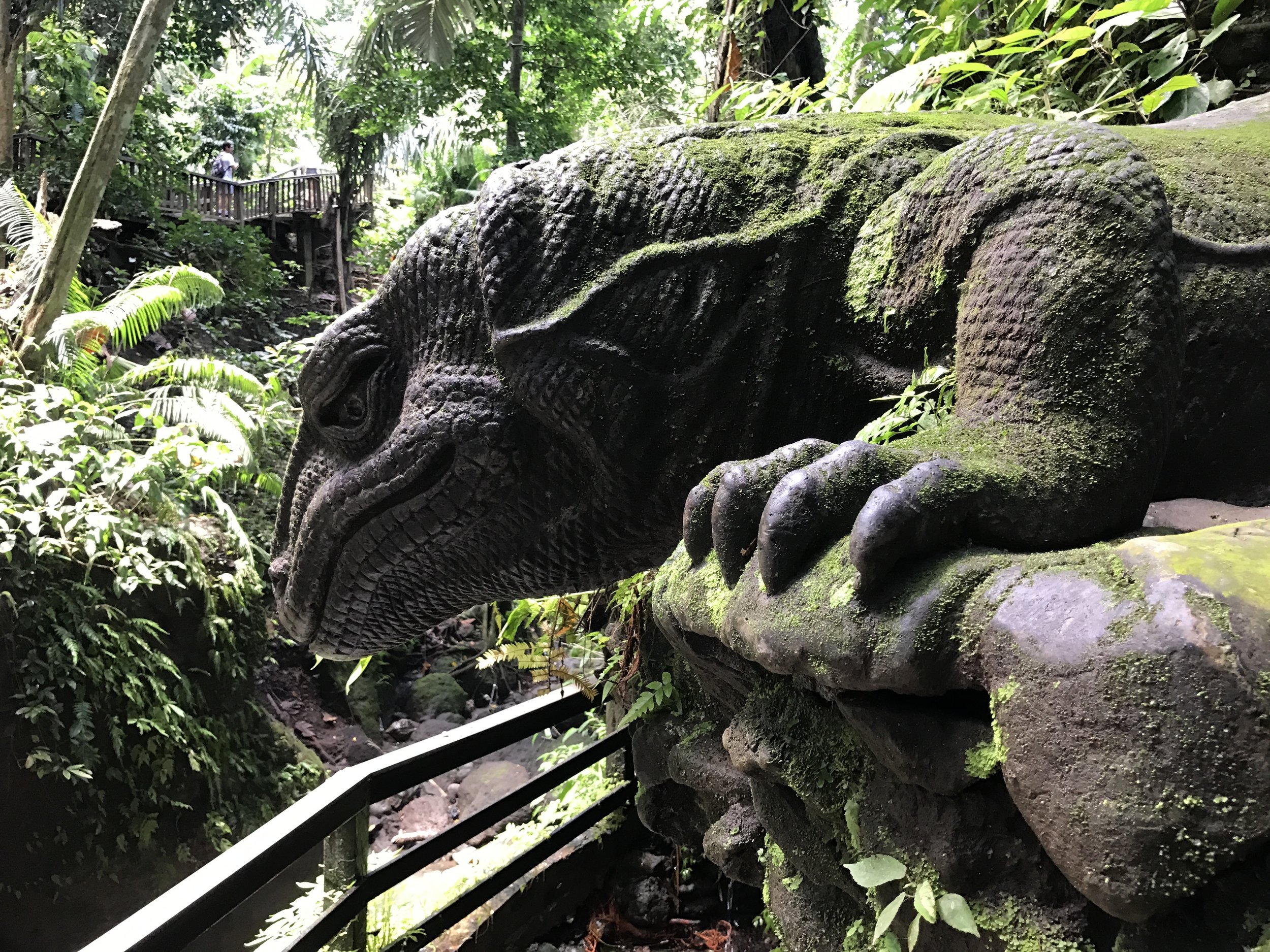Wildlife tourism is a booming international business born out of the human desire to engage with exotic animals. Inextricably linked with the illegal wildlife trade – a black market with an annual estimated worth of $7 – $23 billion that puts 7,000 species at risk – the tourism industry has a dark side that has long been hidden from the public.
During our travels in South East Asia we had a number of unforgettable experiences with wildlife, as well as the chance to observe good and bad practices across the region. National Geographic’s recent exposé on the topic is a deep dive into this shadowy industry, and is essential reading for anyone passionate about travel, animal rights, and conservation. Below is an account of some of our experiences with wildlife tourism, our recommendations on where to go and what to avoid.
Interacting with captive elephants is very easy in South East Asia where thousands work in tourism, and where opportunities to ride elephants are widely available. We took the above photo while hiking to Big Buddha Phuket on a very hot day in Thailand. The hike took us through a jungle path along a cliff overlooking the Andaman Sea and past an elephant trekking camp on a busy road. The photo pretty much captures how elephant tourism works.
It’s easy to see that the tourist on the elephant appears overjoyed. Riding an elephant is probably a life long dream of hers because she likely has no idea of the cruel breaking of the spirit, known as phajaan, or the crush, that all elephants must endure in order to be obedient enough to give rides and perform tricks. Phajaan is a torturous event over days or weeks that usually occurs when an elephant is a baby or juvenile. The babes are separated from their mothers and beaten until they have lost the will to resist the elephant trainer, called the mahout.
The mahout sitting on the elephant’s neck in the photo uses his feet to guide the elephant by tapping her forehead with his right heel and steering her movements with his left foot on her ear. The bull hook in his hand, the tool most commonly used to control and discipline elephants, looms ominously above her head. A pink scar rings her back left ankle, likely the result of prolonged restraint. These are the things we can see.
What’s not visible in the photo are the concrete slabs connected to thick chains that line the edge of the cliff where we assumed the elephants rest at night, or the shacks in the jungle where it’s likely the mahouts and their families live. Beyond the animal cruelty that often goes unseen in this business is the human suffering of the animal caretakers who rely on the industry for their livelihoods. In Thailand, elephants are legally classified as domestic animals like horses or cows, and elephant training, like farming or ranching, is often a family tradition. In the case of elephant ownership, a lack of upward mobility often keeps families stuck in the cycle. The mahout is not the owner of the elephant camp.
We watched the above elephant in a caravan of several pass us, including one who walked with all four legs shackled together. When we reached the main road and entrance to the camp we discovered a baby elephant pacing in a small pen and a young male attached to a chain constantly pulling on his short tether. A family with a young child paid to feed him. We were asked if we wanted to feed the baby elephant, but declined, and continued on our hike unsettled by what we had seen.






